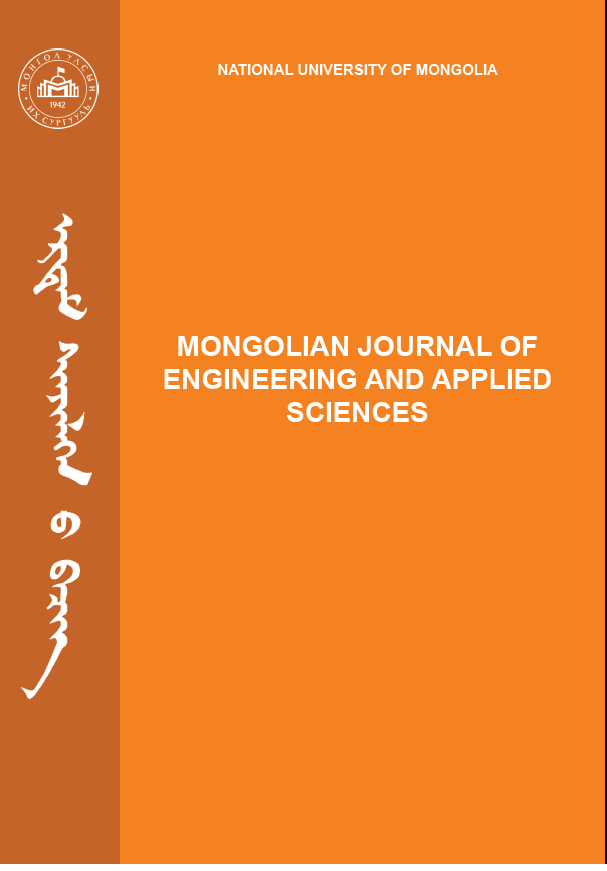Characteristics and Concentration of White Dust and The Particulate Matter (PM10) in Erdenet city, Mongolia
DOI:
https://doi.org/10.22353/mjeas.v1i01.917Keywords:
PM10, white dust, characteristics, heavy metal, tailings pondAbstract
The purpose of this research was to determine characteristics and composition of white dust in the tailings pond of Erdenet Copper Mining (ECM) and to identify mass concentration of the particulate matter (PM10) around Erdenet city. Based on these goals, we determined critical level of flaring speed for white dust and how to reduce this speed. Meteorological data and particulate matter (PM10) were collected from the Research Institute of Meteorology, Hydrology and Environment (IRIMHE) and Air Quality Monitoring Station (AQMS) in Erdenet city. The mass concentration of par-ticulate matter (PM10) were analyzed and compared with WHO guidelines and Mongolian air quality standard (MNS4585:2016). Critical speed of flaring was tested in the laboratory condition and based on that we had estimated total number of days that white dust released into the air. In addi-tion, in order to reduce flaring white dust, watering method was tested in the laboratory and based on that the moisture amount to avoid flaring of white dusts had estimated. Results were shown that spring and autumn have a significantly higher level of mass concentration of PM10 in Erdenet city. It was caused by the stagnant atmosphere which leads to pollution’s cumulative effect and white dust from the storage of tailings pond during spring and autumn. Particle size of white dust had two types, 2-0.05 mm sandy and 0.05-0.002 mm dusty; yet it had a high concentration of As, Pb, Zn and Cu that were higher than the Mongolian national standard of heavy metals for soil. The critical level of flaring speed was about 4-5 m/s. Based on this critical level of flaring speed for white dust, on average 25 days per month had flaring white dust. The test result in the laboratory was shown that 5 percent of moisture would reduce the flaring
Downloads
Downloads
Published
How to Cite
Issue
Section
License
Copyright (c) 2022 Mongolian Journal of Engineering and Applied Sciences

This work is licensed under a Creative Commons Attribution-NonCommercial-ShareAlike 4.0 International License.






